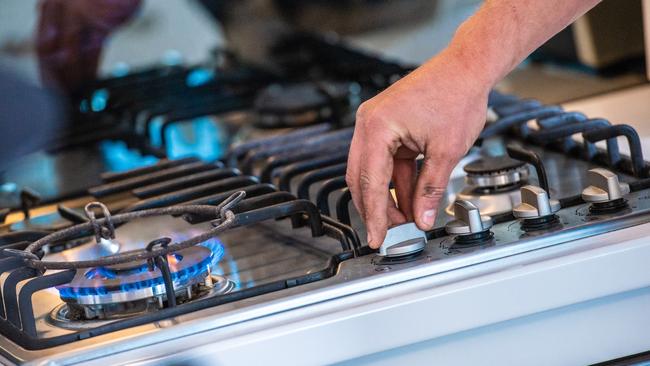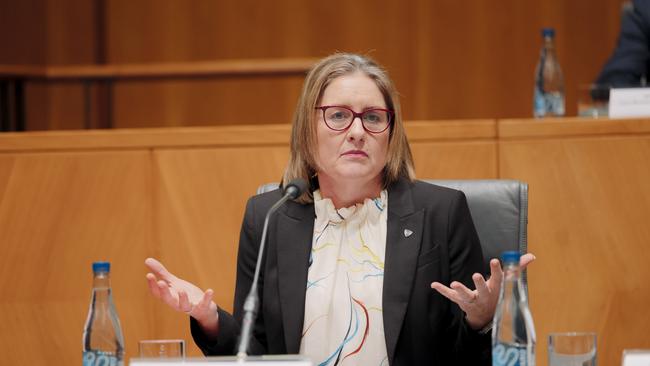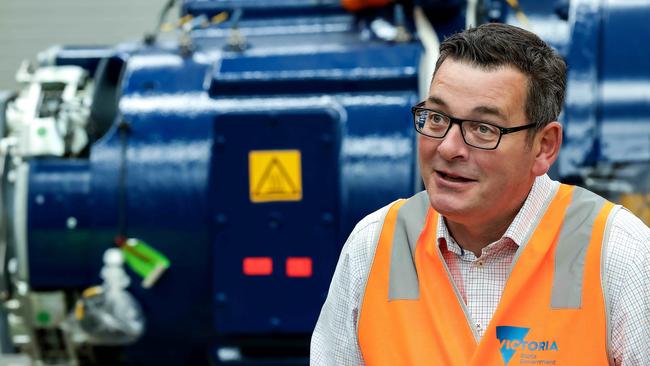Anti-gas Victoria faces some hard economic truths

The site for the Victorian Gas Substitution Roadmap – announced in 2022 and periodically updated – still heralds “the beginning of the end for gas in homes and small businesses”. But sparing gas cooktops from the ban on replacing old appliances obscures the end and exposes the plan’s contradictions.
The first is pure politics: the Victorian government’s love-hate relationship with gas is not mirrored at the household level. Plenty of people love cooking with gas, and not many enjoy the government removing functional choices about how they cook and heat their homes.
The cooktop flame has fuelled the green agenda to eliminate household gas consumption, despite it being only 4 per cent of Australia’s carbon emissions; with cooking a mere 3 per cent of that 4 per cent, or 0.1 per cent.
From the beginning the crusade against this fuel has always been politically motivated. But this small, tactical retreat reflects an energy transition in strategic turmoil. Victoria has some of the strongest emissions reductions targets in the nation, but baseload energy still relies on brown coal, for which gas will be crucial in retiring.

While all states have industries that rely on gas, Victoria is the only one where residential consumption is larger than industrial, largely due to the significant heating load. Victoria represents the vanguard of renewable energy transition ambition: attacking fastest and hardest the fuel on which its residents most depend.
One reason for letting household gas cooktops linger derives from the immediate need. Victoria is in danger of running out of gas – and quickly. But it’s difficult to get the private sector to invest in new production and storage, while simultaneously promising to eliminate most of the demand.
Those commercial realities may have forced the Victorian government to keep the door open to ongoing household use.
But the proposal that only cooktops will avoid the replacement ban is contradictory. Gas hot water consumes nearly 10 times as much gas as a cooktop, and heating more than double that again.
Households that keep the cooktop but abandon (or are forced to abandon) their water and space heating will be left paying an expensive connection charge for a tiny usage, making gas cooking on its own prohibitively expensive.
Perhaps Jacinta Allan’s government is hoping those economic dynamics will force households to abandon gas, without the need for an overt ban on a popular appliance. But investors won’t be fooled.
If gas heating is banned but cooking is allowed, the trough will still be poisoned for essential new investment. This choice will expose yet another tension that has been downplayed in the plan to abandon gas: the network “death spiral”.
Forcibly winding up infrastructure networks that still enjoy strong use is particularly painful, because of “network effects”. The more users in a network – and the more the users use it – the lower the fixed costs borne by each. But this becomes a nightmare when played in reverse. Those left holding up the tail tend to be those least able to front the capital to make the switch: often poorer households and renters.
Without a clear end date, and intervention to force reluctant or low-income households to make the leap, this nightmare could be never-ending.
The reality is that the gas show won’t leave the stage without the government forcibly closing the curtain. The critical question then becomes when to draw the curtain. The environmental answer is probably not yet; the economic one perhaps not ever.
Any sensible emissions reduction strategy would delay the gas transition in Victoria until after coal has been retired. If heat is the desired end product, burning gas in the home – right next to the food, water or air you want to heat – is quite efficient when it comes to emissions.
Brown coal has nearly triple the emissions per unit energy, before accounting for the conversion losses in turning heat to electricity and back again.
Victoria’s road map itself cites 2023 modelling that demonstrates even an ultra-efficient, all-electric household still releases more carbon emissions than a gas-heated home.
To create the impression that now is a good time to start electrifying households in Victoria, they project 10-year cumulative emissions reductions that rely on two huge assumptions. First, that the induced electricity demand from switching gas to electricity would reflect the “average” year-round emissions of the grid. Second, that those average emissions would proceed as the “step change” scenario in the market operator’s Integrated System Plan prescribes.
When people switch on heaters in winter, the generator that meets the demand will be one that can switch on. That will be coal or gas for many years to come; even if the prescribed renewables rollout proceeds according to plan – which it clearly is not.
Economically, the ideal time to transition will be far later, perhaps not ever. The claim that getting off gas is better for household budgets has always been fraught, and rests on the assumption that renewables would make electricity cheaper.

CSIRO modelling in GenCost has only recently shifted to include some more of the transmission and storage required to support wind and solar, which has now demonstrated wholesale costs at least $100/MWh, higher than recent averages for Victoria.
Upgrades to the distribution network to support electrification still aren’t included in that figure; nor the ultra-expensive offshore wind Victoria has in its plan.
In practice, by absorbing an inflexible, peaky demand that doesn’t align well with renewable production, sticking with gas will greatly reduce the cost of transitioning the remaining electricity loads to renewables.
Even Denmark – a paragon of the wind-powered transition – relies on imported wood to power its winter heating.
The Victorian government has talked the talk of an ambitious gas phase-out. Walking that path may prove far more difficult.
Aidan Morrison is director of energy research at the Centre for Independent Studies.






Despite its mission to wean the state off “fossil” gas, Victorian Labor has exposed deep conflicts in its energy transition plan after backing away from its intention to phase out household gas cooktops.